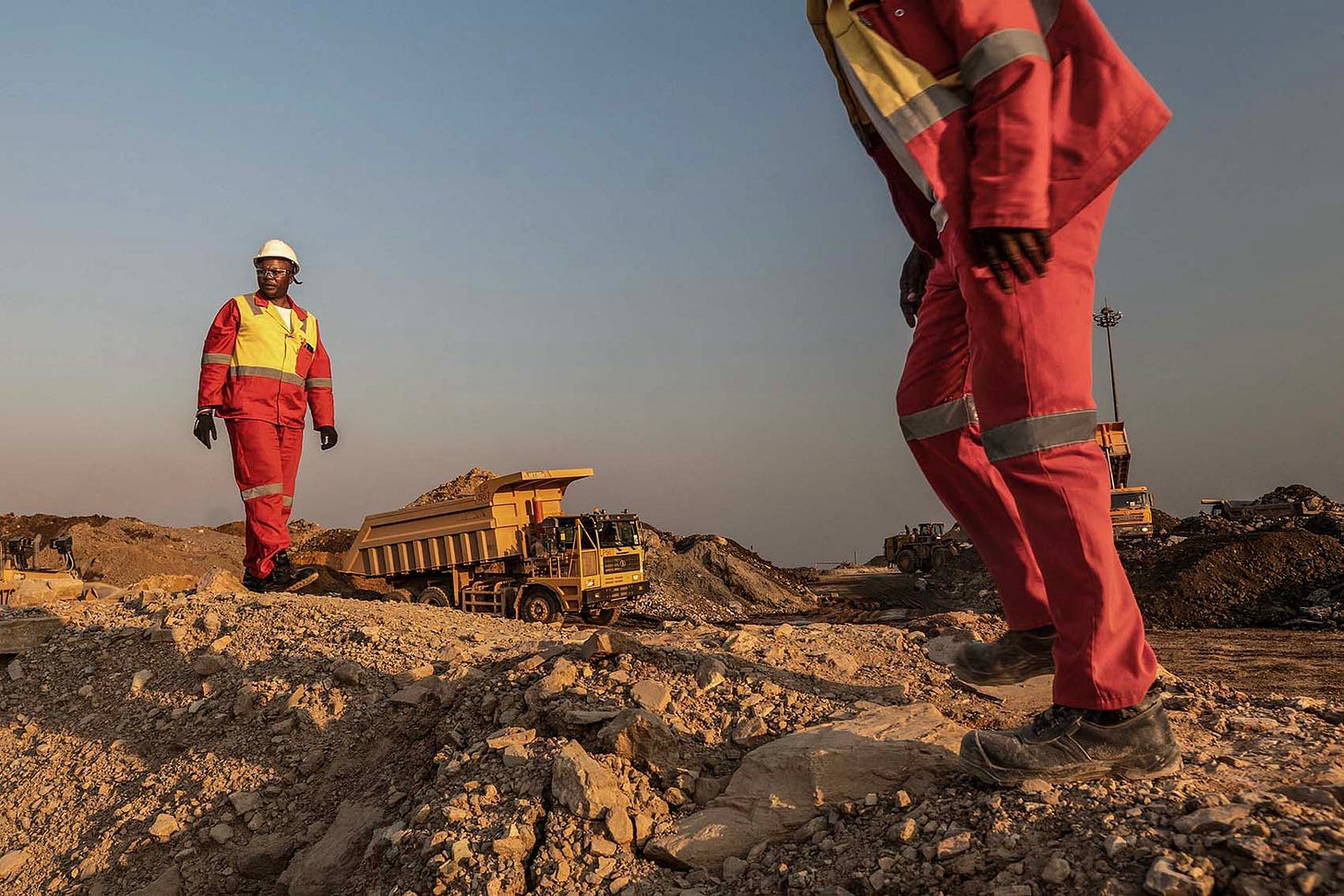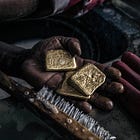Cobalt gambit tests Kinshasa’s mettle
Prices for the mineral have been on the decline; the DRC halted exports to shore them up. It seems to be working for now, but the strategy may yet backfire.
Duncan Money

The world needs cobalt in ever-greater quantities. The Democratic Republic of the Congo produces more of the metal than anywhere else in the world – 76% of the world’s supply in 2024.
In February, the government in Kinshasa suddenly banned mining companies from exporting cobalt. Initially the ban was for four months but it was extended to September.
This is a kind of a test case: Can African countries take advantage of rising global appetites for critical minerals on their own terms?
Kinshasa’s bet is that by controlling the supply of cobalt it can drive prices up. The decision, which caught the mining industry by surprise, came after a sustained price slide had driven down the value of cobalt. The DRC is also now the world’s second-largest copper producer, but lots of places have copper. Nowhere else mines a lot of cobalt. Which should put the odds in Kinshasa’s favour in this gambit.
Cobalt metal is in high demand at the moment because it is a critical component for batteries powering electric vehicles. The market for EVs is booming. If the world wants to build more, then it needs more cobalt. Another finger on the scale for the DRC.
Production of the metal is also much more in Kinshasa’s control than almost any other metal. After copper, it is the country’s second-biggest export.
Although sometimes lumped in as a “conflict mineral” with tungsten and tantalum, cobalt is mined well over a thousand kilometres from the restive parts of eastern Congo. It is produced in large industrial mines owned by major European and Chinese mining companies in southern DRC. Artisanal miners also produced some but were eventually discouraged by falling prices.
This is not the DRC’s first time at this rodeo, however.
Back in 2022, the government prohibited all exports from the vast Tenke Fungurume Mine, blocking about 10% of the world’s cobalt supply. This was during a tax dispute in which the government said that the mine owner, the Chinese company CMOC Group, owed $7.6-billion in unpaid taxes.
But the export ban was lifted after CMOC agreed to pay $800-million. Still, better than nothing.
In the short term, the current export ban appears to be having the impact Kinshasa wants. Before the ban, cobalt prices had slid to a nine-year low of $21,000 a tonne. By May, the price was back up to $33,000 a tonne, and has remained at that level. Congo also reportedly initiated discussions with Indonesia, the world’s second-biggest cobalt producer, about co-ordinating future export bans.
So far, so good. There are two potential problems though.
The first is that metal is not mined on its own. Cobalt deposits occur alongside copper, whose prices are up. Copper is the real big business in the DRC and good prices mean that some companies are increasing its production.
If you are mining copper, you are likely mining cobalt as well. That would mean that the companies are building up huge stockpiles of cobalt. When the export ban ends, this stockpile could flood the market and bring prices crashing down again. To stop this happening, the government might need to introduce quotas for exports when it lifts the ban.
The second problem is that if cobalt supplies run short or it becomes too expensive then people will try to use something else instead.
New batteries that don’t require cobalt have already been developed. If they are widely adopted it will be a big problem for the DRC.
One person’s loss is another’s gain, though. What these new non-cobalt batteries need is lithium, and Zimbabwe, Africa’s biggest lithium producer, is already planning an export ban of unrefined lithium in 2027.



